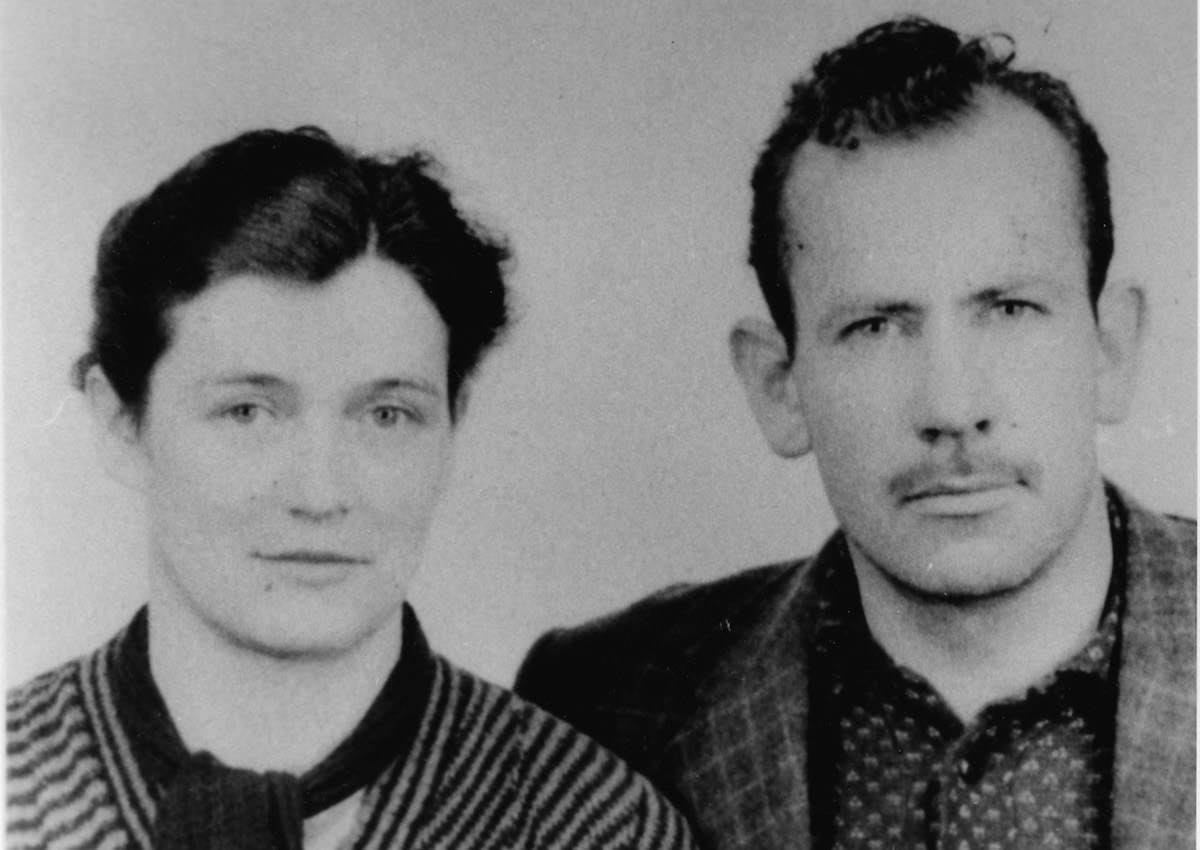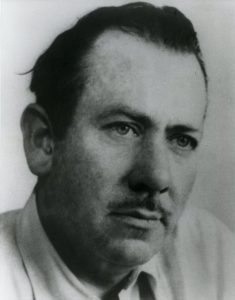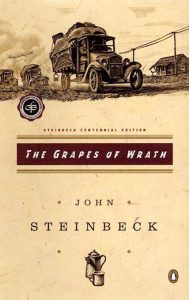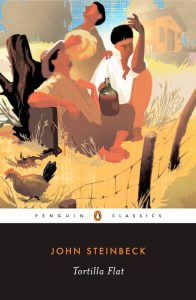
Take a look back at John Steinbeck’s sojourn in Laguna Beach.
By Joe Yogerst
Between the world wars, Laguna Beach evolved into a small but thriving West Coast version of Paris—a gathering place for artists, writers and actors searching for both a literal and metaphorical place in the sun.
One of them was author John Steinbeck. Virtually unknown at that point in his career, and only recently married to his first wife, Carol Henning, the 30-year-old writer arrived in Laguna Beach in February 1933 after short stints in other Southern California cities.
“Steinbeck and Carol were living in Pacific Grove, in Steinbeck’s parents’ [summer] cottage,” says Lisa C. Josephs, archivist at the National Steinbeck Center in Salinas. “The couple didn’t like it because it was cold, the community was rather conservative, and Steinbeck’s parents felt they could visit any time they liked, since no rent was being paid.”
It was not the ideal situation for newlyweds or a struggling but ambitious young writer, but they lived in the Pacific Grove cottage off and on, between time spent in other locales. Seeking a warmer, sunnier location that wasn’t within easy driving distance of the parents, they ventured south in late 1929—shortly after the stock market crash and the start of the Great Depression.

Their first stop was Eagle Rock, where they moved in with longtime Steinbeck friend Carlton “Dook” Sheffield, a professor at Occidental College. While in the LA area, Steinbeck and Henning married in January 1930, but returned north before coming back to Eagle Rock in 1932. Carol, who was also a writer and artist, rendered sketches of their carefree days drinking Dook’s homemade beer, jumping on the living room furniture, and nude sunbathing in the backyard. The Steinbecks eventually rented their own place in nearby Montrose and John finished writing “To a God Unknown,” his second novel, around this time.
With the Depression in full swing, none of John’s writing projects were panning out moneywise and Carol was unable to land a job. In dire financial straits, but reluctant to return to Northern California, the couple looked around for another, less expensive place in the Southland.
“Apparently we are heading for the rocks,” Steinbeck lamented in a letter to his publisher. “… The rent is up pretty soon and then we shall move. I don’t know where. It doesn’t matter. … We’ll get in the car and drive until we can’t buy gasoline any more.”
According to Steinbeck biographer Jackson J. Benson, that’s exactly what they did, packing their meager belongings into John’s jalopy and cruising south on Coast Highway. With the car overheating, on the brink of breaking down, Benson suggests in “John Steinbeck, Writer,” that they must have felt like the migrants who traveled west from the Dust Bowl along Highway 66. The experience no doubt helped inspire “The Grapes of Wrath” a few years later.
The Steinbecks decided to try Laguna Beach, which in those days was apparently less expensive than living in the LA foothills. “They were broke,” Josephs says, “[but they found] a little shack in Laguna Beach with a tar paper roof that was only a few dollars a week to rent.”
Their digs were at 504 Park Avenue near downtown Laguna Beach, according to the city’s historic resource index, which also suggests that Steinbeck stayed in Laguna back in 1931 as well. The wood-shingle house is still there, at the corner of Third Street, flanked by neatly trimmed trees, bougainvillea and potted succulents. It was constructed for volunteer firefighter George Garbrino, who rented part of the home to Steinbeck, according to the city index. Although much altered over the years, it’s a classic California design from that era and very much the sort of place where you might expect to find a classic California writer from that era, even one that was flat broke.
John and Carol were only in Laguna Beach briefly, until March 1933, and what they did during their days here largely remains a mystery.
“There is plenty of speculation—and wishful thinking,” says Johanna Ellis, who serves on the Laguna Beach Historical Society’s board of directors. “But we have not been able to verify all the details.”
One of the enduring myths is that Steinbeck wrote “Tortilla Flat”—his breakout bestseller published in 1935—at the Park Avenue house. While it seems impossible to prove that theory, one thing is known about Steinbeck’s time in Laguna. “Carol finished retyping ‘To a God Unknown,’ ” Josephs says, “and a friend bought them a manuscript cover and paid postage to send it off—otherwise Steinbeck was going to use pieces of tar paper from the roof to wrap it up.”
Other than that, not much is known of their days in this coastal town. Josephs notes that the Steinbecks were in Laguna Beach so briefly that, “I don’t know if they got their feet under them enough to seriously set about a job search—or possibly they weren’t interested.”
When John and Carol moved out of the house on Park Avenue in early spring 1933, it wasn’t for lack of money. Steinbeck’s mother had just had a stroke and the couple returned to Salinas to help with her care.
Even though it appears “Tortilla Flat” wasn’t penned in Laguna Beach, it’s possible that Steinbeck’s sojourn in Southern California is reflected in the camaraderie and joie de vivre displayed by its main characters during economic hard times, which provided an escape for readers who were dealing with hard times during the Depression.
“Escape from grinding poverty, escape from worrying about how to pay the rent, escape from worrying about how to find a job,” writes Thomas Fensch, author of “Essential Elements of Steinbeck.” These are themes the writer knew well from his own life.
While it’s a stretch to suggest that a talent as great as Steinbeck might have never been discovered, one could postulate that some of his greatest works may have never come to pass without his poor, nearly starving artist days in Eagle Rock, Montrose and even Laguna Beach.






